Solved
Is it possible to export .obj file with multiple tiles with desire tile size (eg. 4096 x 4096) instead one giant texture file?
Is it possible to export .obj file with multiple tiles with desire tile size (eg. 4096 x 4096) instead one giant texture file?
Best answer by daveatsafe
Can you elaborate @daveatsafe how workflow should look like?
Basically I have aerial image that I want to drape it over DEM. I'm using AppearanceSetter transformer and it does the job but texture file is huge.
After adding RasterTiler transformer before AppearanceSetter (set Texture mapping mode: Top Down Georeferenced) translation failed.
Hi @chmielewskamag ,
The OBJ writer in FME 2019 and beta versions of FME 2020 did have a problem with multiple texture files. If you can, please update your FME to 2020.2 or 2021.0, which can be found at www.safe.com/download.
This post is closed to further activity.
It may be an old question, an answered question, an implemented idea, or a notification-only post.
Please check post dates before relying on any information in a question or answer.
For follow-up or related questions, please post a new question or idea.
If there is a genuine update to be made, please contact us and request that the post is reopened.
It may be an old question, an answered question, an implemented idea, or a notification-only post.
Please check post dates before relying on any information in a question or answer.
For follow-up or related questions, please post a new question or idea.
If there is a genuine update to be made, please contact us and request that the post is reopened.




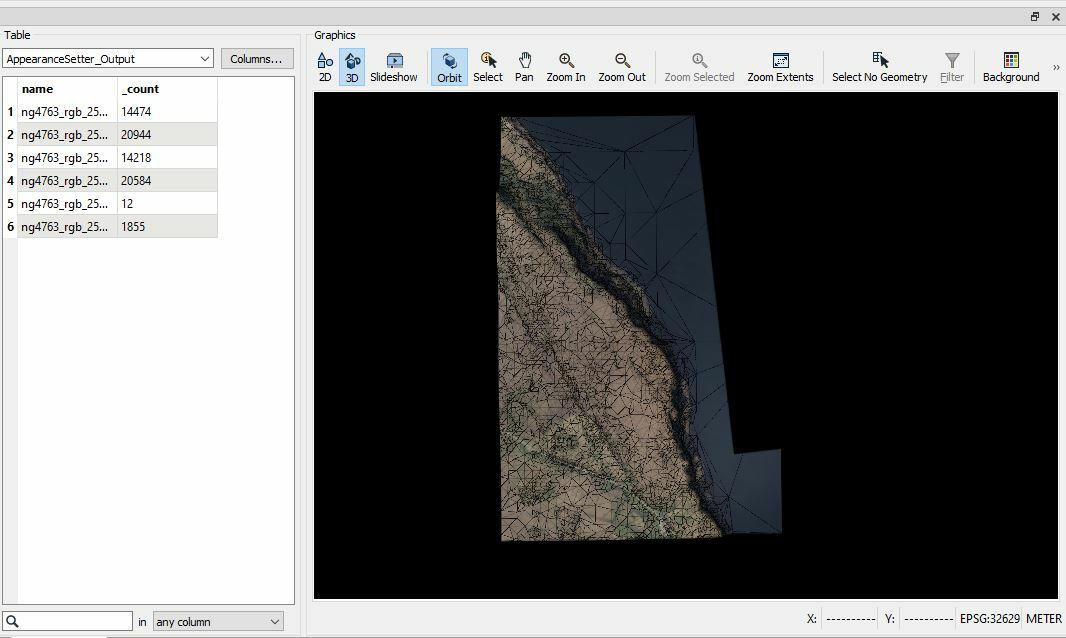 but texture on exported OBJ file is not correct
but texture on exported OBJ file is not correct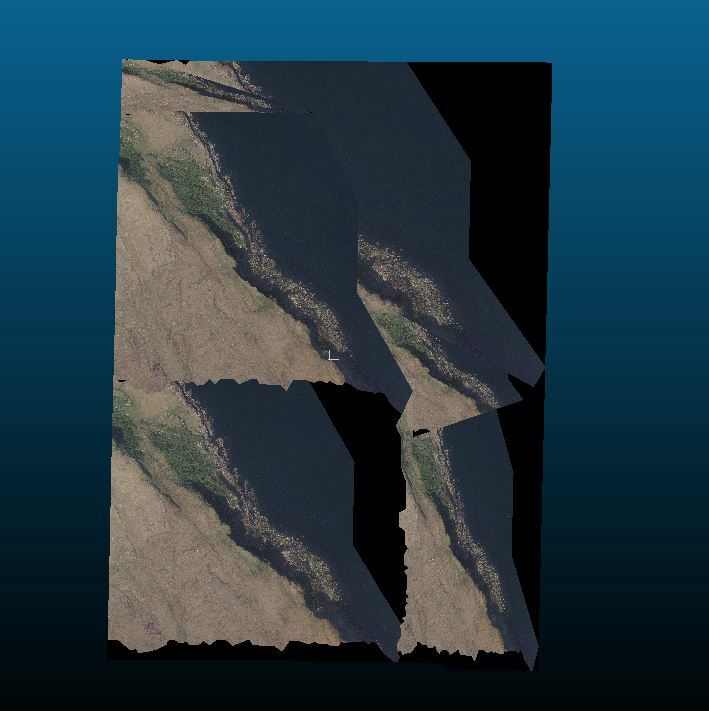 This is screenshot from exported .mtl file. As you can see it does contain information about all available texture map
This is screenshot from exported .mtl file. As you can see it does contain information about all available texture map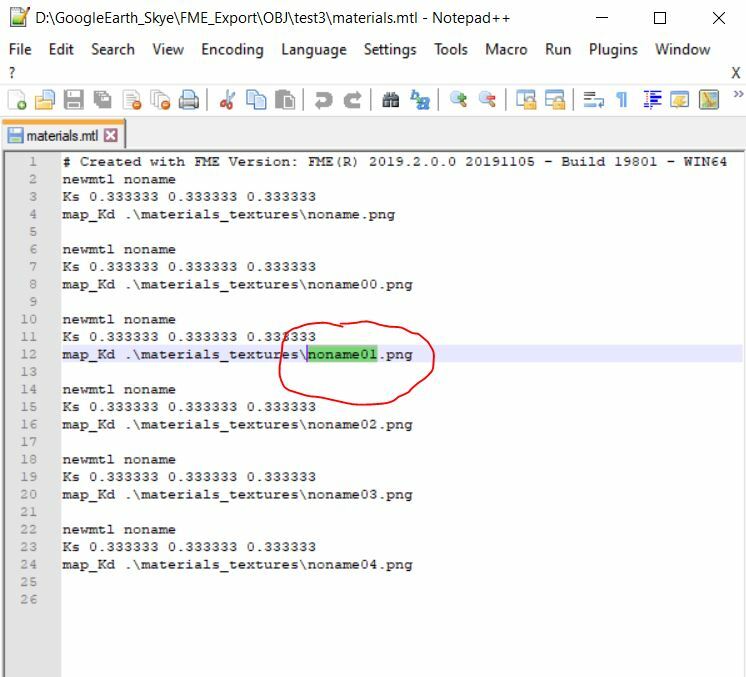 However when I search for one of the texture name (for example noname01.png) in .obj file it can't find it. So it looks like only one texture map called noname.png is actually used for entire surface and other (like noname00.png, noname01.png etc.) are missing.
However when I search for one of the texture name (for example noname01.png) in .obj file it can't find it. So it looks like only one texture map called noname.png is actually used for entire surface and other (like noname00.png, noname01.png etc.) are missing.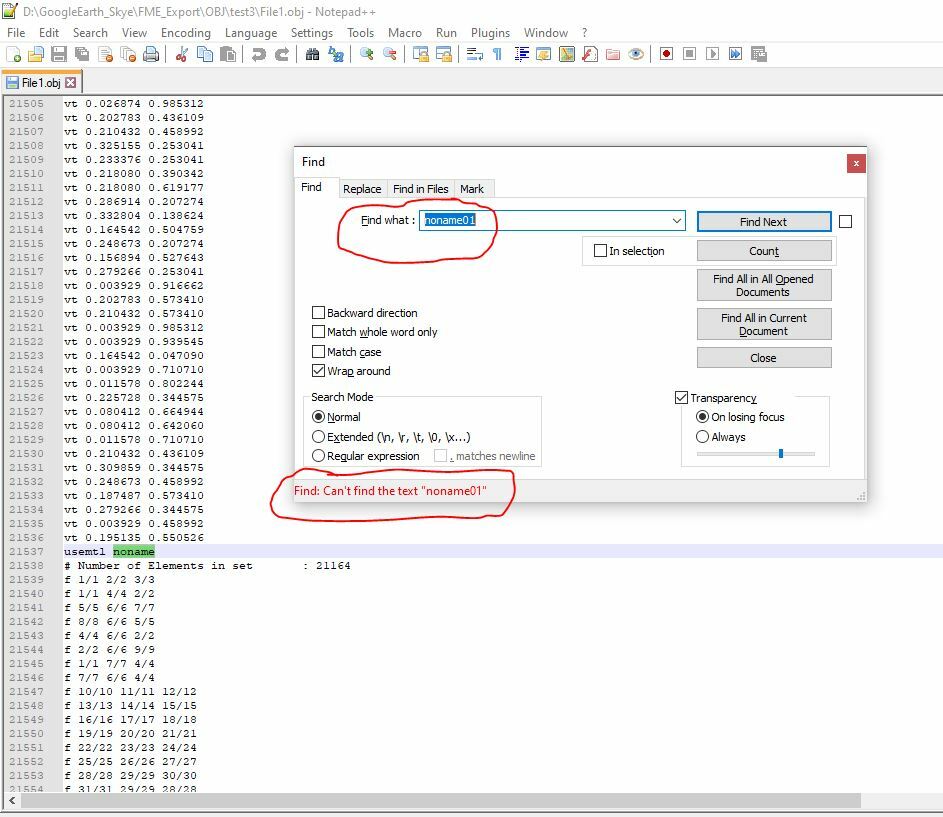 Those are the OBJ parameters that I've used.
Those are the OBJ parameters that I've used.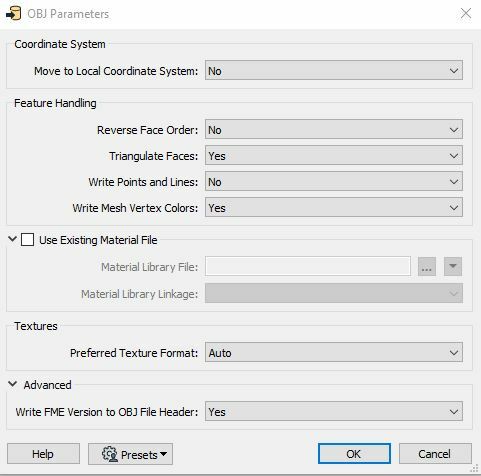 Magda.
Magda.